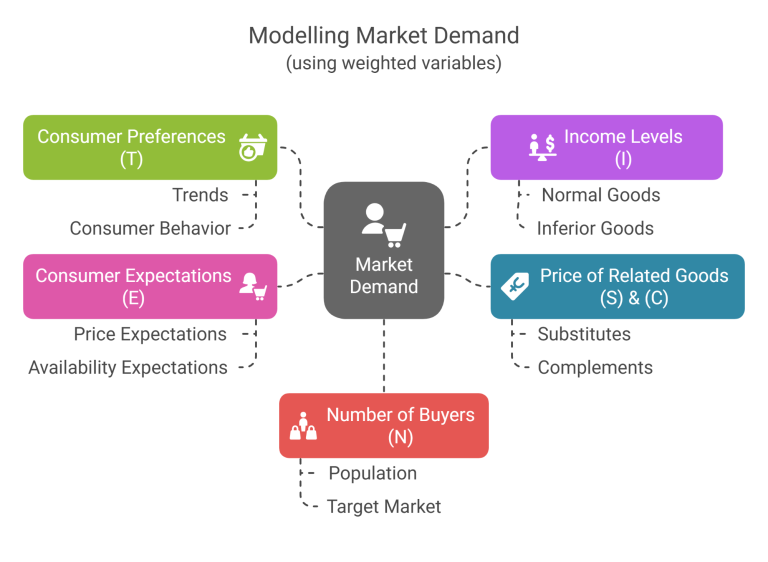23
Oct
2024
Advanced Analytical Techniques
Glossary of Predictive Analytical Techniques
Definition of Predictive Analytical Techniques
Predictive analytical techniques involve the use of statistical methods, machine learning algorithms, and data modelling to analyze historical data and predict future outcomes or trends. These techniques focus on identifying patterns and relationships within datasets to forecast events, behaviours, or performance metrics.
Summary of Key Predictive Analytical Techniques
Linear Regression
Description: A statistical method used to model the relationship between a dependent variable and one or more independent variables.
Applications: Sales forecasting, price elasticity modelling.
Example: Predicting monthly sales based on advertising spend.
Logistic Regression
Description: Used for binary (Yes/No) classification problems to predict the probability of a categorical outcome.
Applications: Customer churn prediction, fraud detection.
Example: Predicting whether a customer will buy a product (yes/no).
Time Series Analysis
Description: Methods used to analyze data points collected or recorded at specific time intervals.
Applications: Demand forecasting, stock market analysis.
Example: Forecasting next quarter's revenue using past sales data.
Decision Trees
Description: A tree-like model of decisions and their possible consequences, including outcomes and resource costs.
Applications: Risk assessment, loan approval processes.
Example: Predicting customer eligibility for a credit card.
Random Forests
Description: An ensemble learning technique combining multiple decision trees for more accurate predictions.
Applications: Fraud detection, predictive maintenance.
Example: Predicting machine failure based on sensor data.
Support Vector Machines (SVM)
Description: A supervised learning method used for classification and regression by finding the best decision boundary between classes.
Applications: Text classification, image recognition.
Example: Classifying customer reviews as positive or negative.
Neural Networks
Description: Algorithms inspired by the human brain, capable of learning from large and complex datasets.
Applications: Demand forecasting, speech recognition, personalization.
Example: Predicting product demand in an e-commerce platform.
Clustering (e.g., K-Means)
Description: A technique for grouping similar data points into clusters without predefined labels.
Applications: Customer segmentation, market analysis.
Example: Identifying groups of customers with similar purchasing behaviours.
ARIMA (AutoRegressive Integrated Moving Average)
Description: A statistical model used for time series forecasting by capturing trends, seasonality, and noise in the data.
Applications: Financial forecasting, inventory management.
Example: Forecasting product demand for the holiday season.
Gradient Boosting Machines (GBM)
Description: An ensemble technique that builds predictive models iteratively to minimize errors.
Applications: Predictive marketing, credit scoring.
Example: Estimating the likelihood of a customer upgrading to a premium service.
Modern Applications of Predictive Analytics
Retail: Demand forecasting, inventory optimization, customer recommendation systems.
Healthcare: Predicting patient readmission rates, disease outbreak analysis.
Finance: Fraud detection, credit scoring, stock price prediction.
Manufacturing: Predictive maintenance, quality control.
Logistics: Route optimization, delivery time estimation.
Marketing: Campaign performance forecasting, customer lifetime value predi


Market Demand - Analytical Technique
Modelling Market Demand
The “base demand function” integrates internal and external factors to model the likely demand of any product or service. This algorithm is structured to reflect the variability of the market, the consumer profile, the price elasticity and any existing or prevailing micro or macro-economic influences. In this way this computation can be used in most scenarios.
©Copyright 2024 Arbite Software Services Ltd. All rights reserved.
We need your consent to load the translations
We use a third-party service to translate the website content that may collect data about your activity. Please review the details in the privacy policy and accept the service to view the translations.
